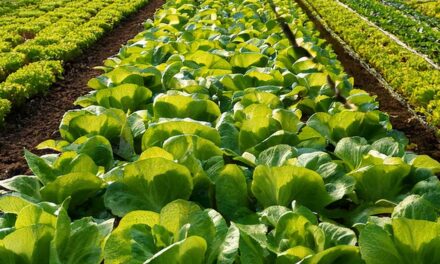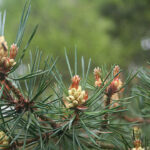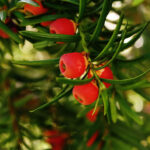
The History of Halloween Pumpkins: From Turnips to Jack-o’-Lanterns

The History of Pumpkins in Halloween
When Irish immigrants came to America in the 19th century, they brought their tradition of carving Jack-o’-lanterns with them. However, they soon discovered that pumpkins, native to the Americas, proved much easier to carve than turnips. Pumpkins also offered a larger surface area, making them ideal for carving faces. This marked a pivotal moment in the history of Halloween pumpkins as the iconic Halloween decoration we know today.
Best Pumpkin Varieties for Carving

Don’t Throw Your Pumpkin in the Trash—Compost It Instead!
After Halloween has come and gone, don’t let your Jack-o’-lantern end up in the rubbish bin. Pumpkins are completely biodegradable, and instead of tossing them away, you can return them to the earth by composting.
Here’s how to make the most of your used pumpkin:
- Remove any candles or decorations: Make sure your pumpkin is free of wax, paint, or any other non-organic materials.
- Chop it up: Breaking your pumpkin into smaller pieces helps speed up the decomposition process.
- Add it to your compost heap: Pumpkins are rich in nitrogen, making them a great addition to your compost pile, where they can decompose and provide valuable nutrients to your garden soil.
- Feed the wildlife: Alternatively, you can leave pieces of the pumpkin in your garden for birds, squirrels, and other animals to nibble on (just be sure it’s not painted or treated with anything toxic).
By composting your pumpkin, you’re contributing to a sustainable cycle that enriches the soil and reduces waste—making your Halloween celebration a little greener!









